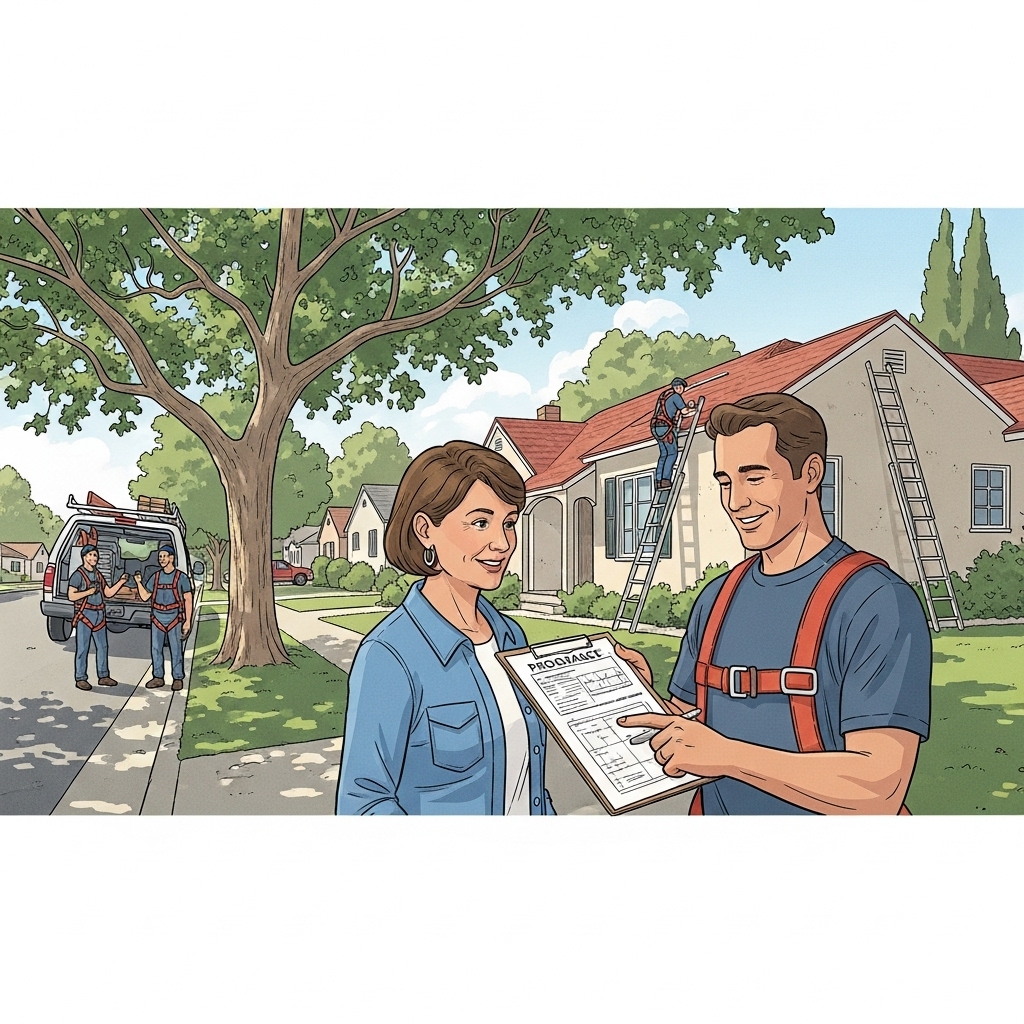Severe weather can wreak havoc on your home, and your roof is often the first line of defense. After a storm, it’s crucial to conduct a thorough roof inspection to ensure your property remains safe and secure. A comprehensive roof inspection checklist can help identify potential damage and prevent costly repairs down the line. Knowing what to look for after severe weather will give you peace of mind and protect your home’s value.
Key Areas to Inspect: Roof Inspection Checklist After Severe Weather
After a heavy storm, the first thing to do is inspect your roof from the ground. Look for any visible damage or signs of wear, such as missing shingles, sagging areas, or broken gutters. These are indications that the storm may have caused significant damage to your roof structure. A roof inspection checklist should include checking for the following:
Shingle Condition: One of the most common types of roof damage from severe weather is missing or damaged shingles. Strong winds, hail, or heavy rain can lift shingles, causing them to loosen or even blow off entirely. Look for any visible signs of missing, cracked, or curled shingles that need replacing.
Leaks or Water Damage: Water leaks can occur even if shingles appear intact. Inspect your attic for signs of water infiltration, such as dark stains, mold, or damp insulation. These could be indications that water has made its way into your home through small cracks or damaged flashing.
Gutter and Downspout Damage: Gutters play a critical role in directing water away from your roof and foundation. After a storm, check for any debris clogging the gutters or damage to the downspouts. Clogged or damaged gutters can cause water to pool on your roof, leading to leaks and long-term structural issues.
Flashing and Sealant: Flashing is the material used around roof joints, chimneys, and vents to prevent water from seeping into your home. Severe weather can damage flashing, causing it to loosen or crack. Inspect these areas carefully to ensure the flashing remains in place and intact.
What to Do Next: How to Handle Damage from Severe Weather
Once you’ve completed your roof inspection checklist and identified potential damage, it’s essential to take prompt action. If you notice any issues such as leaks, missing shingles, or structural damage, it’s important to call a professional roofing contractor as soon as possible. Delaying repairs can lead to more extensive damage, which could require costly repairs or even a full roof replacement.
If you’re comfortable doing so, you may temporarily cover exposed areas with a tarp to prevent further water intrusion until the professionals arrive. This will protect your home from additional damage while waiting for repairs. Make sure to document the damage with photos for your insurance claim if needed.
Read More:
Why Annual Roof Inspections Are Essential for Home Maintenance
The Importance of Regular Roof Inspections: Protecting Your Home’s Value





